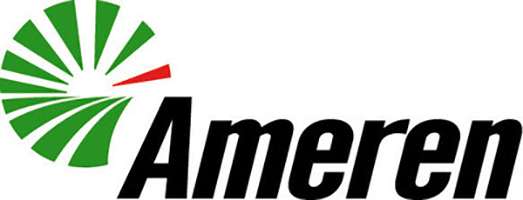I have been on a TOU plan for about 10 years (optional with my POCO). Normal supply rates are around 4-6 cents during peak and 1-4 cents for off peak per kWh. Highest I can ever recall was maybe low teens (~14 cents), but that was for just an hour of one day (i.e. hot summer afternoon). I think lowest I ever saw was 0.1 cents. For those not on TOU the supply charge is 4.55 cents. However, here is what rates have looked like the last few days for me given the strain on the power grid at least in the middle of the US (I'm in IL):
date-high-low-avg (cents/kWh)
2/14-10-5-7
2/15-17-6-12
2/16-45-13-21
2/17-47-18-29
2/18-32-11-19
2/19-22-5-11
With temps warming up, expect rates to be back to normal by next week, but for anyone on this TOU plan without solar would have a considerably higher February bill. With solar, my supply charge has totaled a credit of $12.4 from 2/14 to 2/19 (had to clear the snow off - not sure I would have if rates would have been normal). Also did not charge the PHEV this week at these rates (primarily to conserve energy for the power grid).
Just thought I would share. I know some of these supply rates may seem "normal" for other parts of the country, but curious if anyone has / is seeing rates as high as 47 cents / kWh.
date-high-low-avg (cents/kWh)
2/14-10-5-7
2/15-17-6-12
2/16-45-13-21
2/17-47-18-29
2/18-32-11-19
2/19-22-5-11
With temps warming up, expect rates to be back to normal by next week, but for anyone on this TOU plan without solar would have a considerably higher February bill. With solar, my supply charge has totaled a credit of $12.4 from 2/14 to 2/19 (had to clear the snow off - not sure I would have if rates would have been normal). Also did not charge the PHEV this week at these rates (primarily to conserve energy for the power grid).
Just thought I would share. I know some of these supply rates may seem "normal" for other parts of the country, but curious if anyone has / is seeing rates as high as 47 cents / kWh.


Comment